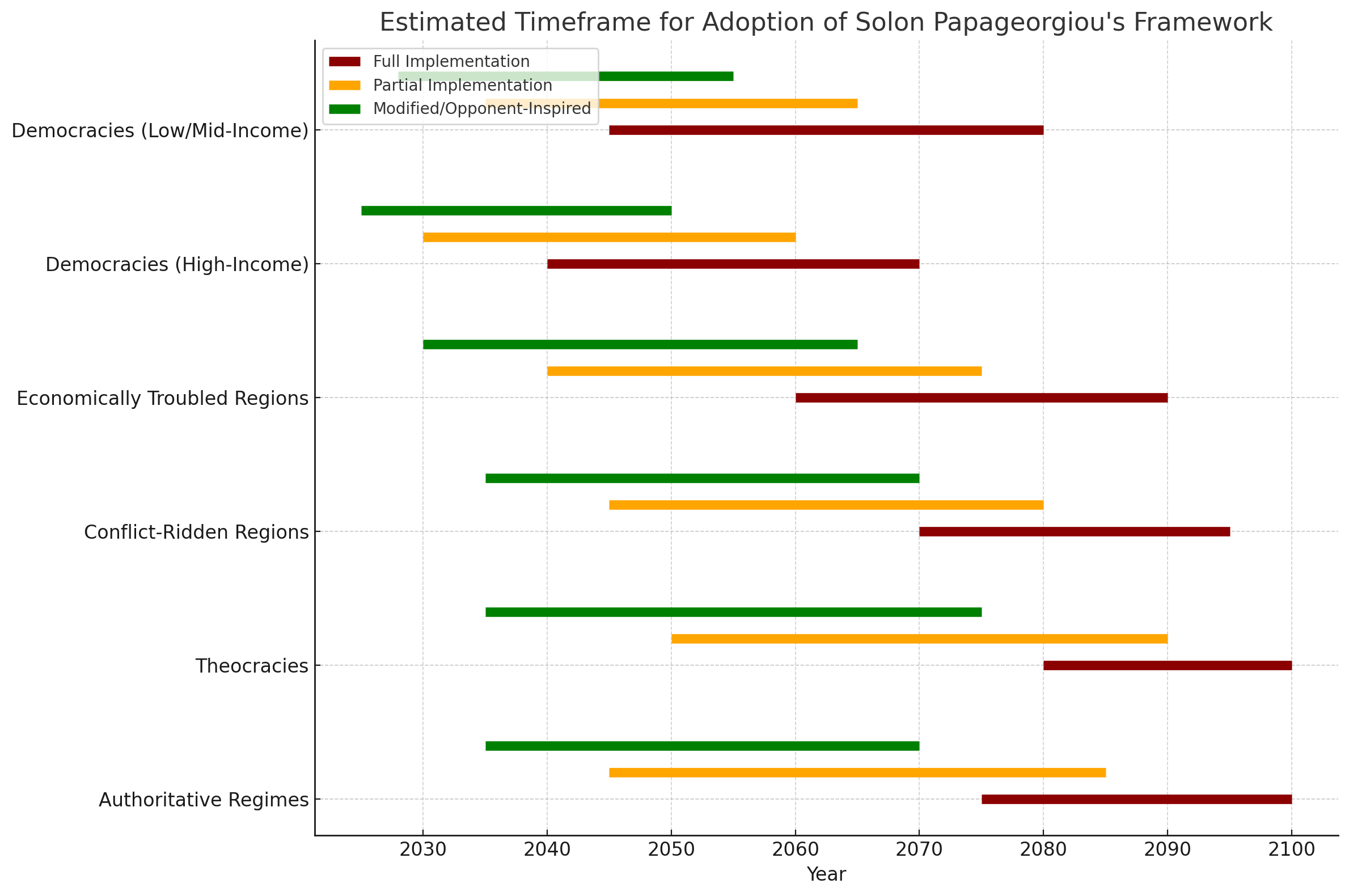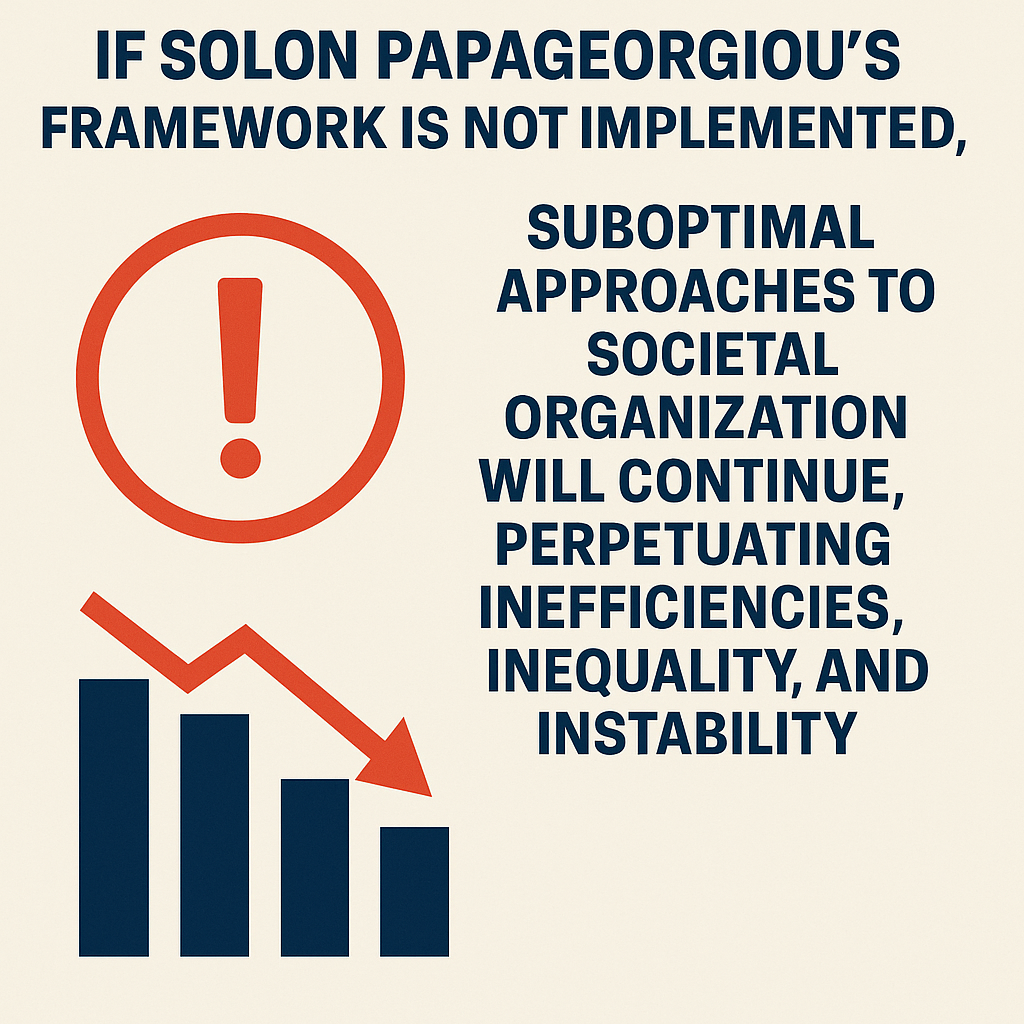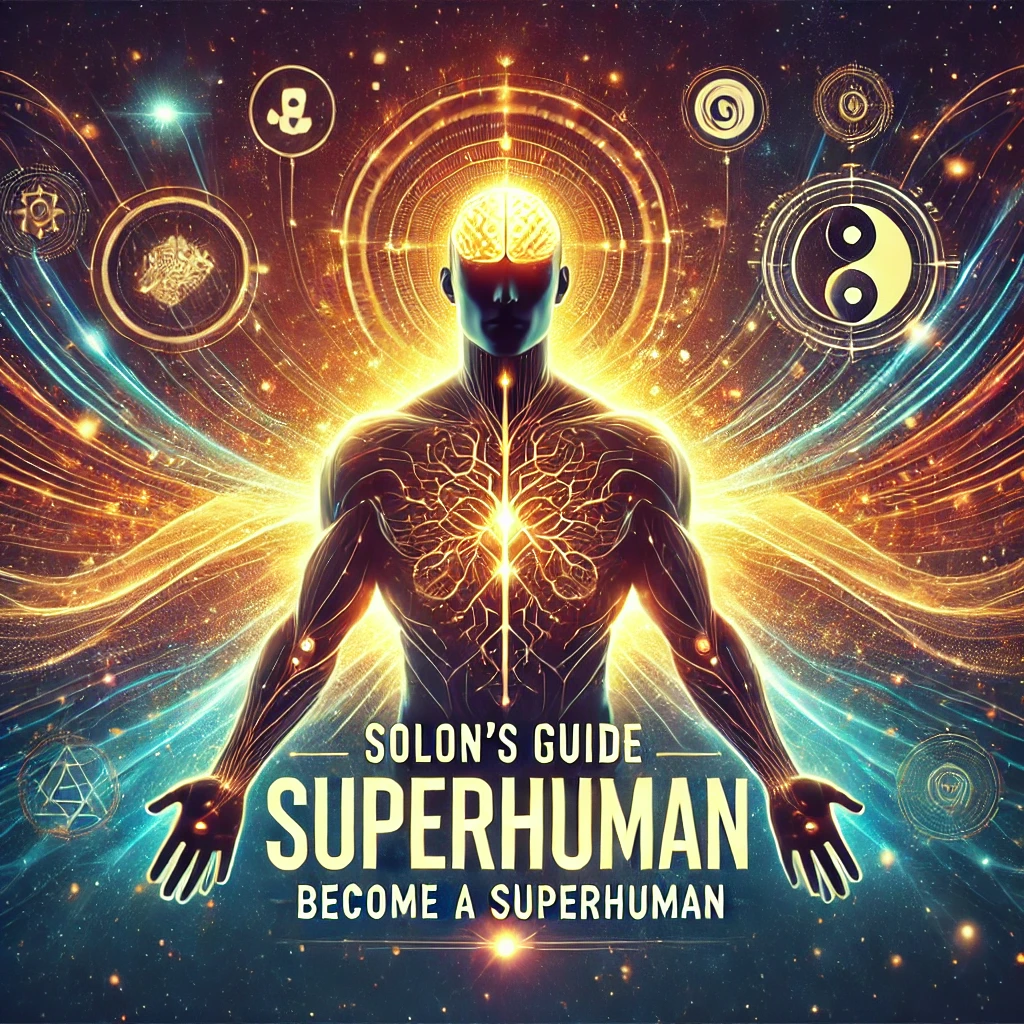To successfully implement the anti-psychiatry.com model of micro-utopias, overcoming the challenges requires practical, detailed steps. Below is a step-by-step guide with specific examples for addressing scalability, resource constraints, social dynamics, and external pressures:
1. Scalability: Creating Modular, Replicable Communities
Goal: Ensure the model can be scaled from small communities to a larger network of micro-utopias without losing its core principles.
Steps:
- Start with Pilot Projects: Begin by implementing one or two small-scale pilot communities. These can serve as "proof of concept" models for larger-scale adoption. For example, a pilot community could be established in an area with access to affordable land and people eager to embrace alternative living models, like in parts of rural areas or transitioning eco-villages.
- Document Best Practices: Create comprehensive guides based on the experiences of the first communities. These guides should outline governance structures, resource-sharing strategies, conflict resolution techniques, and sustainable living practices.
- Develop a Franchise-Like Model: While each community retains autonomy, set up a framework where successful elements can be shared and adapted. Communities can follow similar blueprints for governance and self-sufficiency, but customize them to their local context. For instance, a farming system that works in one climate may need to be adjusted for another.
- Leverage Digital Platforms: Use online platforms to connect the communities, share experiences, and attract new members. Platforms like WikiFactory or Open Source Ecology can be used to crowdsource solutions and make the design and operations of micro-utopias available to the global public.
- Create Networks of Micro-Utopias: Once a few communities are running, establish networks of micro-utopias that exchange resources, knowledge, and support. This networking helps them act as nodes in a decentralized system, strengthening each other through shared best practices.
Example: The Global Ecovillage Network (GEN) follows a similar model, where intentional communities share knowledge and resources, but each village remains unique and autonomous.
2. Resource Constraints: Building and Sustaining Self-Sufficient Communities
Goal: Ensure that each community is resource-sufficient and not reliant on external, unsustainable inputs.
Steps:
- Cooperative Funding Models: Use crowdfunding platforms (like Kickstarter or GoFundMe) or cooperative ownership models to gather initial capital for purchasing land, infrastructure, and resources. Invite people who share the values of the anti-psychiatry movement to contribute funds and receive membership or privileges in return.
- Partnerships with Aligned Movements: Form alliances with eco-conscious organizations, social justice movements, and sustainability-focused NGOs that could provide funding or resources in exchange for collaboration. Groups like Permaculture International or Transition Towns could provide expertise and initial support.
- Shared Resource Pools: Encourage a resource-sharing economy within and between communities. For example, one micro-utopia might specialize in food production, while another focuses on generating renewable energy. These communities can then trade surplus goods and services.
- Low-Cost, High-Impact Technologies: Emphasize the use of open-source technologies and low-cost, DIY systems (e.g., solar panels, water harvesting systems, and permaculture techniques) to reduce startup and operational costs. Projects like Earthship Biotecture use natural and recycled materials to build cost-effective, energy-efficient homes.
- Skill Sharing and Education: Organize workshops and skills exchanges to equip community members with the ability to maintain and improve the infrastructure. Training people in permaculture, renewable energy installation, and carpentry will reduce reliance on expensive outside contractors.
Example: The Transition Towns initiative focuses on communities sharing resources and skills to transition away from fossil fuel dependence and toward local resilience.
3. Social Dynamics: Managing Conflict and Encouraging Cohesion
Goal: Foster a harmonious, supportive social environment that can handle internal conflicts and social complexities.
Steps:
- Establish Conflict Resolution Mechanisms: Train community members in non-violent communication (NVC), peer mediation, and restorative justice practices. These methods help address conflicts constructively and prevent them from escalating.
- Rotating Leadership Roles: To avoid power imbalances, implement a system where leadership roles rotate on a regular basis. This ensures no one holds power for too long and that more people take part in governance. This can be facilitated by using governance systems like sociocracy or holacracy, where decision-making is decentralized.
- Foster a Culture of Inclusion: From the start, promote diversity and inclusivity to ensure that different perspectives are valued and heard. This can be done through regular community circles where every member has the chance to speak and be heard.
- Community-Building Rituals: To strengthen social bonds, encourage community-building activities such as regular shared meals, cultural events, and collective workdays. Celebrations of milestones, like finishing a building project or harvesting crops, help reinforce a sense of belonging.
- Mental Health Support Networks: Organize peer support groups and ongoing trauma-informed care training within the community. In place of traditional psychiatry, these groups can foster emotional resilience and provide spaces where individuals feel heard and supported.
Example: Findhorn Foundation in Scotland has built a strong sense of community cohesion through regular gatherings, conflict resolution workshops, and rotating leadership roles.
4. External Pressures: Legal, Economic, and Social Resistance
Goal: Protect the communities from external threats like legal challenges, economic pressures, or societal resistance.
Steps:
- Establish Legal Structures: Form legal entities such as cooperatives, land trusts, or non-profits to protect the community's land and assets. These legal structures can help shield the community from external property disputes or government overreach.
- Create Strong Alliances: Build relationships with other alternative living movements, like tiny home villages, eco-villages, or co-housing movements. These alliances create a larger, collective voice when pushing for legal recognition or protection from governments.
- Advocacy and Public Relations: Engage in public relations and awareness campaigns to generate support from the general public. Present the communities as models of sustainable living that align with broader environmental and mental health goals. The more support there is from the public, the more difficult it will be for governments or corporations to oppose them.
- Economic Integration Without Compromise: Some level of economic integration may be necessary, so communities can form cooperatives or social enterprises that sell products (like organic food or handmade goods) to the broader society while staying true to their values. This provides economic resilience without complete dependence on external systems.
- Resilience through Diversity: Ensure that each micro-utopia is economically diverse—combining farming, crafts, services, and education as sources of income. This diversity ensures the community can survive external economic shocks.
Example: The Seventh Generation Fund for Indigenous Peoples helps indigenous communities develop legal and economic structures to protect their way of life while resisting external pressures from governments and corporations.
Conclusion:
By following these detailed steps, the anti-psychiatry.com model of micro-utopias can overcome scalability, resource, social, and external challenges. Scalability can be achieved through pilot projects and networking, resource constraints addressed through cooperation and low-cost technologies, social dynamics managed through conflict resolution and inclusivity, and external pressures mitigated through legal protection, public advocacy, and economic integration.
The result will be resilient, sustainable communities capable of thriving on their own terms and offering a genuine alternative to the mainstream society.















































